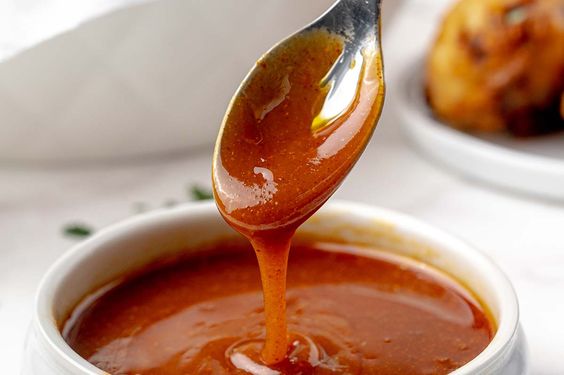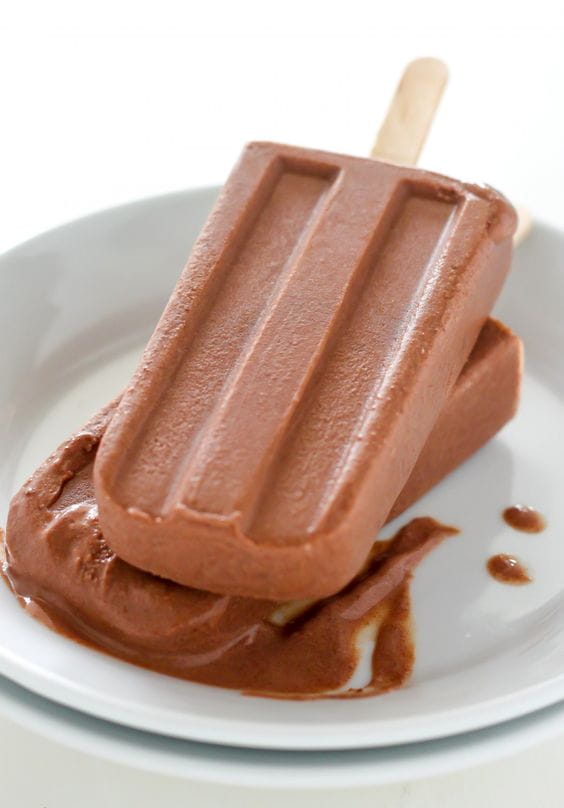What does carboxymethyl cellulose use in food?

What is sodium carboxymethyl cellulose?
Carboxymethylcellulose (CMC) is the chemistry’s name for water-soluble polymers, produced from cellulose. Cellulose is the most common organic polymer on it. This agent turns into an anion, namely sodium carboxymethyl cellulose, by adding carboxymethyl groups to the cellulose chain, being more water soluble and having properties such as high viscosity and stability. These properties contribute to CMC being a very frequently incorporated additive in many foods.
It can be produced using different viscosity values that depend on the DS value and molecular weight. DS tests the ability of the wood to accept carboxymethyl in the place of hydroxyls in the cellulose structure. Low viscosity CMC, with a DS of about 0.6-0.8, can enhance the shelf-life of different emulsions, while medium and high viscosity types, with DS over 0.7 and 0.9, apply for gel formation, thickening and film formation. CMC exhibits a decrease in its viscosity with shear rate growth, this property is called shear-thinning. The enzyme remains resilient in a variety of pH ranges, covering from 3 up to 10.
Correct application and harmless use of CMC in edibles demand DS and purity of the product applied. The higher the DS levels, the lesser the solubility and functionality, as these molecules are potential thickeners and stabilizers in the products. Purity is a major requirement; impurities arising during the production process can distort quality and safety. Regulatory standards require CMC to have high purity of the material to be used in the production of food-grade products.
Solubility and even the same dispersion in water are two key factors which contribute to the successful application of CMC. It has to mix evenly, distributing the color evenly and forming no lumps or “fish eyes”, which are undissolved particles showing as clusters on the cake. It is vital to elaborate a common solution for all food products as this is the only way to control the product quality.
Functions of Sodium Carboxymethyl Cellulose in Food
Sodium Carboxymethyl Cellulose (CMC) is used as a multipurpose food additive, meeting numerous demands of food technology due to its thickening, emulsion stabilization, water retention, gelling and film-forming actions.
- Thickening and Emulsification Stabilization:
The strength of carboxymethylcellulose sodium is its ability to prevent the separation of fats and proteins in beverages, thus eliminating the usual problem of fat accumulation on the surface. It also avoids protein coagulation in acidic media, providing a smooth texture. CMC does this by creating a clear colloid that stabilizes proteins and decreases the surface tension between fats and water, thus allowing a consistent emulsion and preserving the product’s intended quality.
- Water Retention:
The baking and meat industry appreciates the ability of CMC to hold water. This attribute improves the warm soft texture of products like bread, cakes, and meat patties, which results in higher yield and consumer satisfaction by keeping the items juicy and tender during cooking.
- Gelation:
The gel-forming attribute of carboxymethyl cellulose is very important in the manufacturing of jellies, jams, and dressings. It builds a tridimensional web that keeps water molecules which becomes a gel. The structure can be changed by mechanical actions like stirring, which makes CMC a versatile gelling agent used in a variety of culinary applications.
- Film-Forming:
In edible coatings for fruits and vegetables, Sodium CMC is used and its ability to form films is useful in extending the shelf life of the produce. The film changes the surface environment reducing the gas and moisture exchange that makes fruits and vegetables remain fresh for a longer time and prevents waste.

Applications of Carboxymethyl Cellulose in Foods
Carboxymethyl cellulose, one of the most important additives in food products, better stabilizes and maintains the texture and shelf life of numerous food items.
CMC in Acidic Dairy Beverages:
Sodium CMC, added in acidified dairy Beverages, prevents protein aggregation which occurs in acidity that causes protein coagulation, therefore making the drinks smooth and stable. It adsorbs to casein micelles around pH of 5.2, reducing the denaturation and solidification. This step is important to guarantee the proper mix of all fruit flavors and also to see if xanthan gum needs to be added for an enhanced effect.
CMC use in Yogurts:
Carboxymethylcellulose is successfully applied in yogurt processing because it assists in overcoming the protein issue, thus improving the texture and firmness of the product. The concentration of CMC controls the consistency to a great degree. In particular, concentrations above 0.4% notably increase yogurt’s consistency and minimize separation, thus contributing to a creamy texture and a better product.
CMC in Casein Emulsions:
In casein-based emulsions, using CMC together with mucilage such as xanthan will improve stability, and help to prevent separation and achieve an even texture. A specific mix ratio, often between 1:1 By 1:3 ratio of (CMC) to the xanthan gum makes a stable emulsion with good consistency.
CMC is used in Bread:
CMC’s retentively on water is advantageous to bakers as it interacts with gluten, supports leavening, and, therefore, through its effects on volume and texture: bread quality. To attain the highest quality bread, CMC concentration should be just right.
Edible Coatings for Fresh Produce Preservation:
Sodium carboxymethyl cellulose which is sprayed as a coating onto many fruits and vegetables gives a protective barrier that works at the same time by keeping the levels of oxygen and carbon dioxide steady, whereby the fruit does not ripen early and goes bad slowly.

Sodium carboxymethyl cellulose CMC is considered one of the most versatile and effective substitutes for xanthan gum which is also cheaper to produce on a large scale. The broad usage in the food industry conveys its key and conferrable nature, which ensures food quality improvement and consumer satisfaction.
Related Posts:
1. what is ammonium bicarbonate?
2. The importance of food additive packaging
